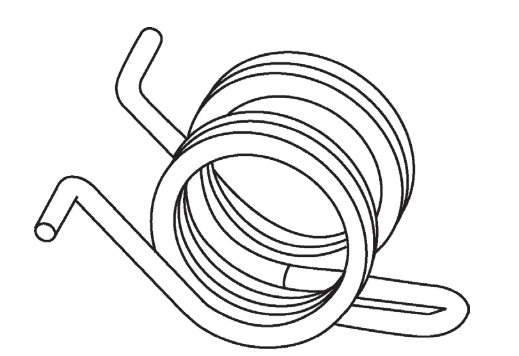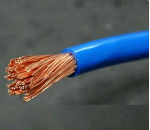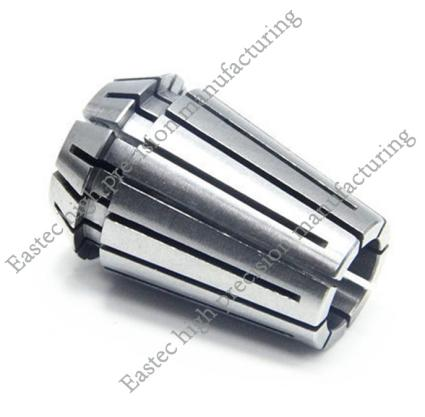In the fields of precision manufacturing and automated assembly, parallel double-twisted spring components have become indispensable key elements in numerous mechanical devices due to their unique mechanical properties and wide range of applications. To ensure that parallel double-twisted spring components can be accurately and efficiently assembled into equipment, professional tooling and standardized assembly processes are particularly important. This article will provide a detailed introduction to the professional tooling required for the assembly of parallel double-twisted spring components and their assembly process, helping readers better master this technology.

I. Introduction to Professional Tooling
The assembly tooling for parallel double-twisted spring components mainly includes positioning tooling, clamping tooling, and inspection tooling. Positioning tooling is used to ensure the accurate position of the spring components during the assembly process, avoiding assembly deviations. Clamping tooling is used to fix the spring components during assembly to prevent them from moving or deforming. Inspection tooling is used for quality inspection after assembly to ensure that the performance of the spring components meets the design requirements.
In tooling design, we have fully considered the characteristics and assembly requirements of parallel double-twisted spring components, adopting high-precision, high-strength materials to ensure the stability and durability of the tooling. At the same time, we have optimized the tooling structure to improve assembly efficiency and accuracy, reducing assembly costs.
II. Detailed Explanation of the Assembly Process
Preparation: Before assembly, the tooling needs to be cleaned and inspected to ensure it is in good condition. At the same time, the required parallel double-twisted spring components and other related parts need to be prepared.
Positioning and clamping: Place the parallel double-twisted spring components on the positioning tooling to ensure their accurate position. Then, use the clamping tooling to fix the spring components to prevent them from moving or deforming during the assembly process.
Assembly operation: With the clamping tooling in place, assemble other related parts with the parallel double-twisted spring components. During the assembly process, it is necessary to strictly control the assembly force and assembly sequence to ensure assembly quality.
Quality inspection: After assembly, use inspection tooling to perform quality inspection on the parallel double-twisted spring components. The inspection includes key performance indicators such as spring elasticity, stiffness, and fatigue life. Only spring components that have undergone strict inspection and are qualified can be put into use.
III. Conclusion and Outlook
Through professional tooling and standardized assembly processes, we can effectively improve the assembly accuracy and efficiency of parallel double-twisted spring components, reducing assembly costs. At the same time, this also helps to improve the performance and reliability of the entire mechanical device. In the future, with the continuous advancement of manufacturing technology and the widespread application of automated assembly technology, we have reason to believe that the assembly technology for parallel double-twisted spring components will become more mature and perfect.
This article aims to provide readers with a professional guide on the assembly of parallel double-twisted spring components, hoping to help readers better master this technology and achieve better results in practical work.





 Customer service 1
Customer service 1  Customer service 2
Customer service 2